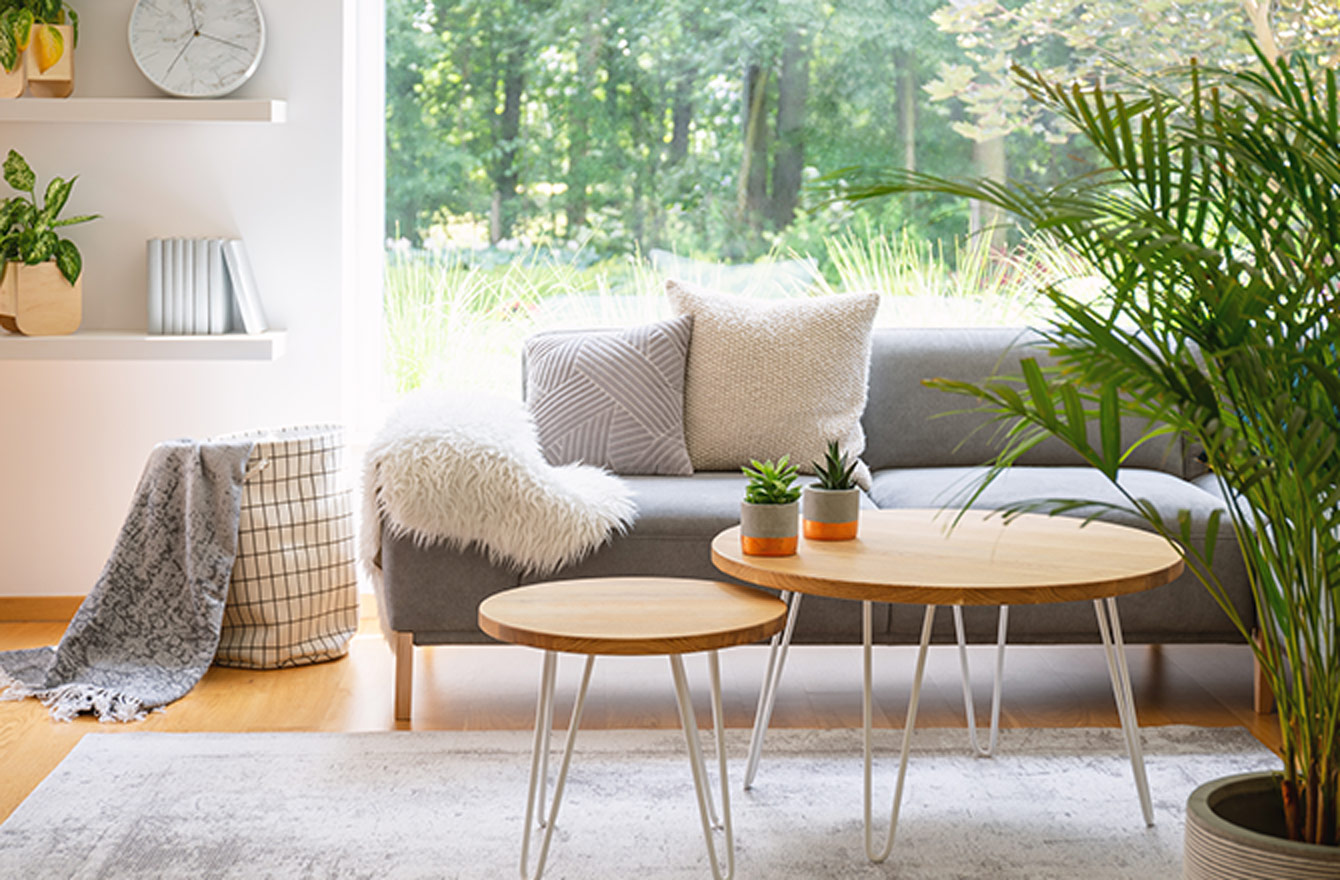Scandinavian design is a style that has captivated the world for more than a century. Characterized by minimalist aesthetics, clean lines and an emphasis on natural materials, it has become one of the most iconic visual signatures of modern design.
While there are a number of common elements that define Scandinavian design, it is perhaps best known for its simplicity and functionality. In this article, we will explore some of the key features and themes that make up Scandinavian interior design.
The Scandinavian style originated in the Nordic countries of Europe and has been widely adopted by designers around the world. The classic Scandinavian aesthetic emphasizes simplicity, clean lines and an organic, natural look. It is often characterized by light colors, wood accents and minimal ornamentation.
In addition to its aesthetic appeal, Scandinavian design is also known for its focus on functionality. This means that pieces should be both aesthetically pleasing and practical. Furniture, textiles and accessories are often chosen with an emphasis on comfort, durability and usability.
The emphasis on functionality is core to this design. It is not simply about making a space look good but creating an environment that is comfortable and practical to use. Scandinavian designers focus on creating spaces that are both beautiful and practical, with the aim of making everyday life more enjoyable and efficient.
Click here – Are Integrated Neighborhoods Becoming More Common In The United States?
The Scandinavian look has become wildly popular over the years, both in Europe and around the world. This incorporates many reasons, which include the following:
- One of the main reasons for this is its timeless appeal. The classic lines and muted colors create a sense of calm and balance that never seems to go out of style.
- This design also attracts those who appreciate minimalism and simplicity in their lives.
- It is a style that emphasizes living with less, creating an environment that is both beautiful and practical.
- Scandinavian design is known for its versatility.
- It is not just about aesthetics but also about functionality.
- Pieces can easily be repurposed and adapted to fit different needs and environments, allowing them to remain relevant even after years of use.
With these points in mind, it’s no wonder that Scandinavian design has become so famous in terms of furniture and theme choice.
When it comes to creating a classic Scandinavian look, there are certain elements that are key. Here are some of the common features that define this design style:
Light Colors
The palette in Scandinavian design is typically made up of light and neutral colors such as white, beige, gray and pale blue. This helps to create a sense of light and space, which is essential for creating a calming atmosphere.
These colors often serve as a backdrop for brighter accents and accessories that can be used to inject a bit of life and vibrancy into the space.
Natural Materials
Natural materials are important in Scandinavian design, from textiles to wood furniture, rugs and accessories. These materials can help add texture, warmth and comfort to a room while also emphasizing the organic feel of the style.
Furniture and Accessories
The furniture used in a Scandinavian room is typically minimal, with pieces that were chosen for their functionality as well as their aesthetic appeal. Simple lines and muted colors are important for creating a cohesive look.
Accessories are also kept to a minimum, with only those pieces that have meaning or purpose included in the space.
Click here – Common Mistakes Impacting User Conversion Rate
Simplicity
This style is all about embracing simplicity and stripping away the unnecessary. This can be seen in its focus on functionality, minimal decor and carefully chosen pieces that have been selected for their beauty as well as their practicality.
Functionality
Functionality is an integral part of Scandinavian design. Pieces should not only look good but also be practical and comfortable to use. This is why furniture, textiles and accessories are often carefully chosen with an emphasis on comfort, durability and usability.
Moreover, efficient storage solutions such as cabinets, shelves and cupboards are often used to make the most of a space.
Sustainability And Environmental Consciousness
Scandinavian design is all about creating spaces that are both stylish and sustainable. This includes being mindful of the materials used as well as reducing energy consumption with more efficient lighting, heating and cooling options.
With sustainability and environmental consciousness at its core, Scandinavian style is becoming increasingly popular in both residential and commercial projects.
Overall, Scandinavian design is a timeless style that emphasizes simplicity, functionality and sustainability. Its focus on light colors and natural materials, along with its practical and efficient approach to decorating, has made it a favorite among those looking for a classic yet modern look.
A lot of Scandinavian style furniture, accessories and textiles can easily be adapted to fit different needs, allowing it to remain relevant even after years of use. As a result, this style has become an icon of modern design. With its minimalist lines, muted colors and organic materials, Scandinavian design is sure to remain popular for many years to come.

